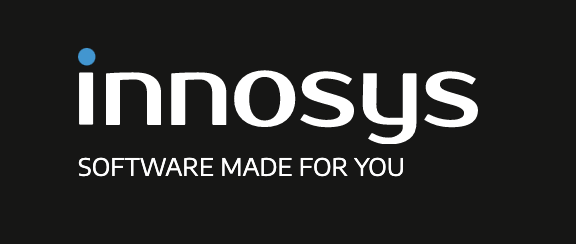

Claire Wood – MD, Innosys
There is plenty of research (and some lighter reading) available on the impact of Industry 4.0 on the insurance sector.
From the broad redefinition of perils and insurable risks to robots running the backoffice, we know the insurance company of the 2020’s and beyond will look significantly different. Functions that are now completely reliant on people will probably not be in five years’ time.
In a market that is always under pressure to improve margins, automation is a call to a world of lean, efficient business processes that cost next-to nothing and deliver extraordinary value. But, like all siren songs, automation does have an operational hazard or two waiting. So how do you avoid these and deliver real value into your business?
- Process the process
The aim should be to automate an entire process, rather than just individual tasks.
But treat yourself to a good processes review and re-engineering first. Automating a bad process means you will simply produce bad results faster.
- Value, not cost
Just because technology can reduce the cost of a business process, does not mean that it will necessarily improve the process or the result. If having a person rather than a bot means you will produce better value for the customer, and ultimately your business, have the person.
- Robots suck at passing tissues.
When Honda tasked its ASIMO robot with leading museum tours, it failed dismally because it was not able to differentiate between people raising their hands to ask a question and people waving hello to it.
Technology is bad at correctly handling abstract concepts and emotions.
Whenever your customer is likely to be upset, like complaints or claims, giving immediate and easy access to a well-trained person will do far more for a positive customer experience than a prompt auto-reply claiming to be sorry for their loss.
- Humans are good at grey.
As great as software is at handling complexity, the sorts of systems we work with in the business environment are not yet adept at understanding nuance.
Situations that ask for equal parts rule book and judgement, like the underwriting of large and non-standard risks, are best left to the professionals for now.
- Expectations must be met.
Speaking for myself, I don’t mind chatting to a service bot, I don’t mind if it’s been given a human persona but I do like to know it’s not a real person on the other side of the messenger box when I start the conversation. If your customer would otherwise be expecting to interact with a person and you have introduced technology, or even vice versa, make sure to set their expectations correctly, and in advance. Zero value is achieved for anyone if the customer abandons an interaction.
If only the journey ended there. Once you have navigated the practicalities of automating business processes, you will immediately be faced with the ethics of doing so. There are no easy answers in this space but awareness is a crucial first step.
Perhaps the biggest challenge we face is that the technology is built by humans who are unintentionally but inherently biased and this is a direct line to automated process that produce biased results.
Responsible automation means we are fully cognisant that, in an unequal society, seemingly black-and-white data points such as residential area, level of education, household income, can result in the machines making decisions with unintended consequences.
Current guestimates suggest up to a third South Africa’s jobs will be lost or drastically altered in the course of the 4th Industrial Revolution. That is 5.7 million jobs that we definitely do not have to spare. Roles in financial services will shift from task-processing to knowledge management but with an increased need for communication and client interaction to be handled by a person.
This makes a case for how skills only held by humans will be better-utilised in an automated world. So, when faced with needing to redeploy parts of our workforce after automating, our focus should be on helping our employees hone the skills the machines are unlikely to be able to easily emulate:
- team work
- empathy
- creative problem solving
The risk is not that the robots will somehow, nefariously, push us out; it is that we will not learn the skills we need to manage a harmonious relationship between man and machine.




